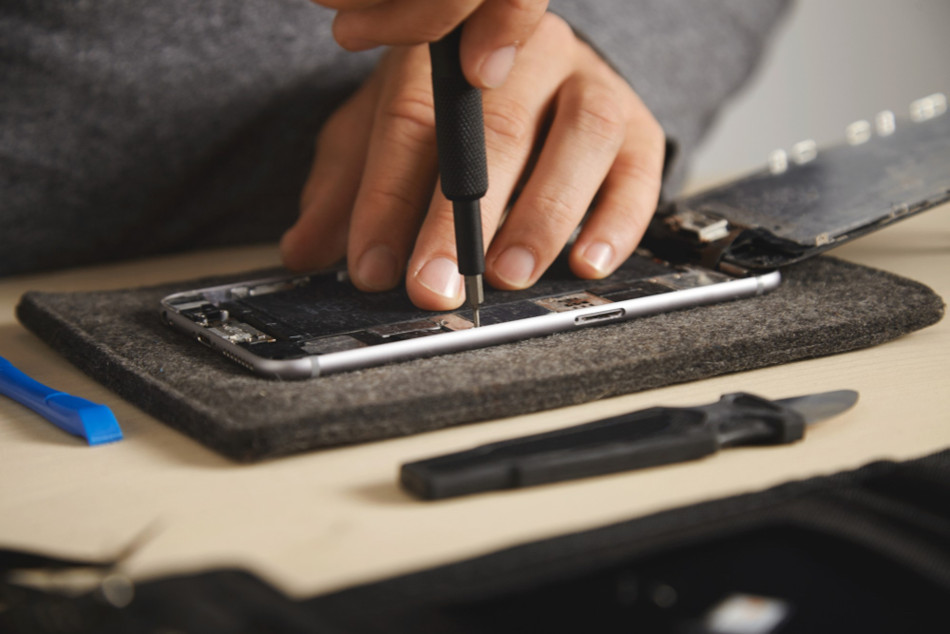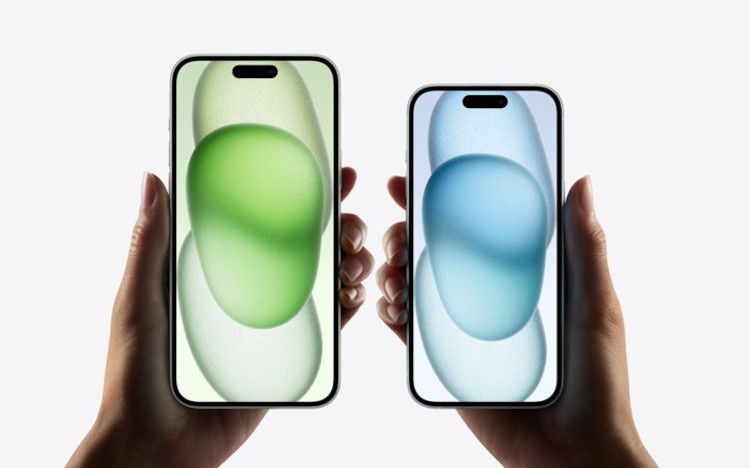
Apple Unveils Online Diagnostics Tool in Expanded Self-Service Repair Program
A Closer Look at Apple's Initiative to Enhance DIY Repairs and User Control
NEWS Apple December 14, 2023 Reading time: 2 Minute(s)
The tech giant has expanded its Self-Service Repair program, introducing an online diagnostics tool accessible to DIY enthusiasts. Launched in April, this initiative now extends its reach to include the iPhone 15 series and the latest M2 Macs.
Accessing Apple's Diagnostics Tool Online
Apple's newly unveiled online diagnostics tool provides users with the same capabilities as Apple Authorized Service Providers and Independent Repair Providers. This tool allows users to test their devices for optimal functionality and performance, aiding in identifying components that may require repair. While currently available only in the US, Apple plans to introduce the online troubleshooting tool to Europe in 2024.
Navigating the Diagnostics Process
Upon visiting the tool's website, users are prompted to enter diagnostic mode and input their device's serial number. The diagnostic suite encompasses various tests, including a mobile resource inspector for software and component validation, audio output tests, checks for display pixel anomalies, and assessments for cameras and Face ID functionality. These tests are designed to assist users in isolating issues, determining the need for part replacements, or verifying the success of a repair.

THE IPHONE 15 HAS BEEN INCLUDED IN APPLE'S SELF-REPAIR PROGRAM
Compatibility and Requirements
To utilize the online diagnostics tool, users must have iOS 17.0 or macOS Sonoma 14.1 and later installed on their devices, ensuring compatibility for a seamless diagnostic experience.
Concerns and Criticisms
While Apple's Self-Service Repair program has been praised for its efforts in increasing user repairability, critics, including self-repair activist iFixit, have expressed concerns about Apple's use of parts pairing. iFixit argues that this practice limits the effectiveness of the tools, hindering the usage of third-party parts and posing challenges for independent repair initiatives.
iFixit CEO Kyle Wiens emphasized the limitations of Apple's parts serialization, stating that the diagnostic tool may fail to recognize certain components in newly installed parts. Despite Apple's progress, Wiens asserts that the company has a long way to go in creating a truly robust repair ecosystem.
Expanding Program Inclusivity
The expanded Self-Service Repair program now includes users of Apple M2-based MacBook Pro and MacBook Air laptops, as well as the Mac Mini, Pro, and Studio. This inclusive approach provides customers with access to tools, parts, and manuals previously exclusive to Apple and authorized repair partners. Additionally, customers have the option to rent repair kits, although criticism has been directed at their bulkiness and limited rental periods.
While Apple's Self-Service Repair program continues to evolve, the company emphasizes that it is best suited for individuals experienced in electronics repairs. As users gain more control over their devices, Apple's commitment to repairability and its responsiveness to user concerns mark a noteworthy shift in the tech giant's approach to device maintenance and user empowerment.
Apple Self-Service Repair DIY Repairs Diagnostics Tool iPhone 15 M2 Macs Technology News RSNews RSMax
*Our pages may contain affiliate links. If you buy something via one of our affiliate links, Review Space may earn a commission. Thanks for your support!
CATEGORIES

























COMMENTS